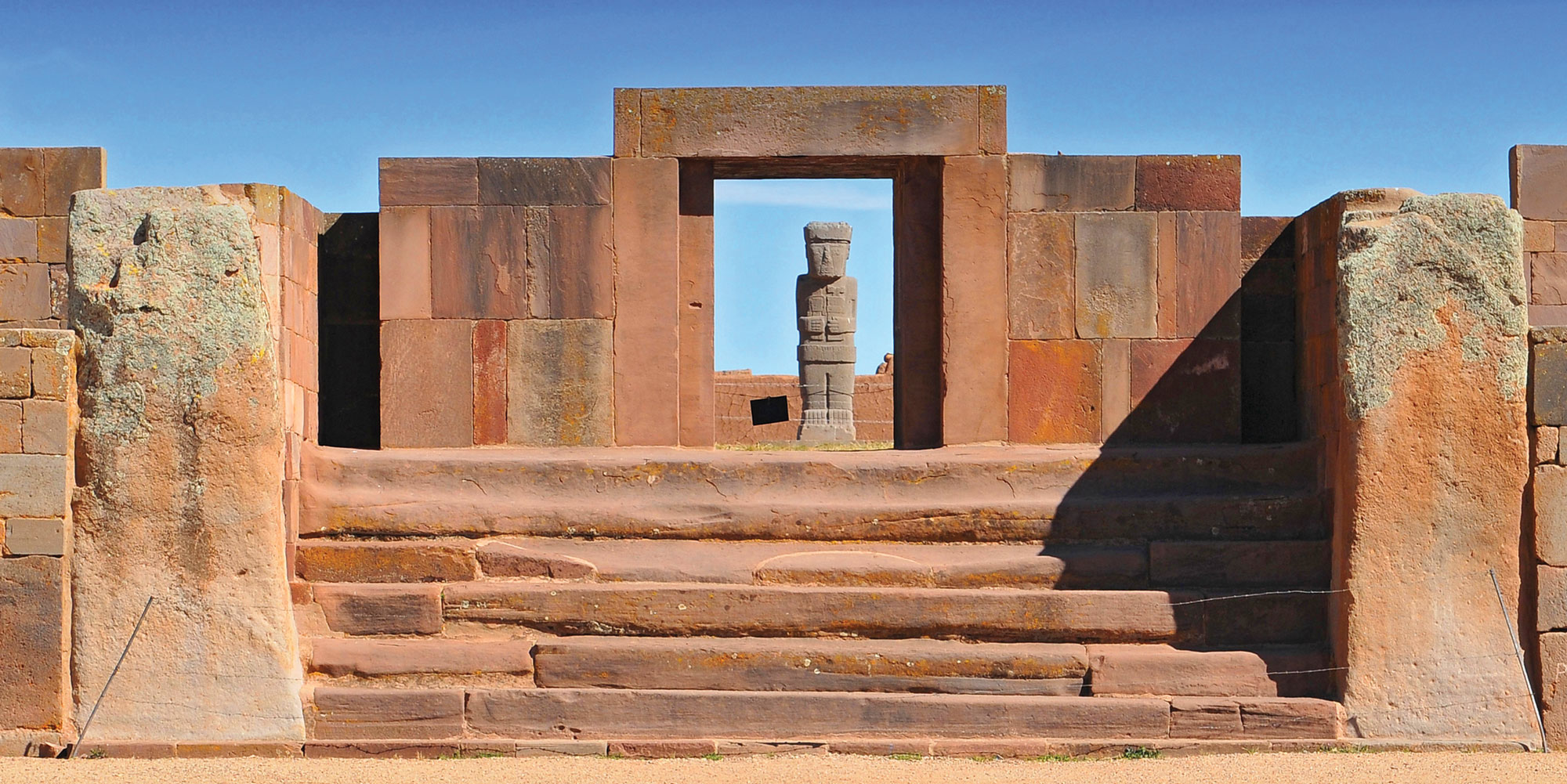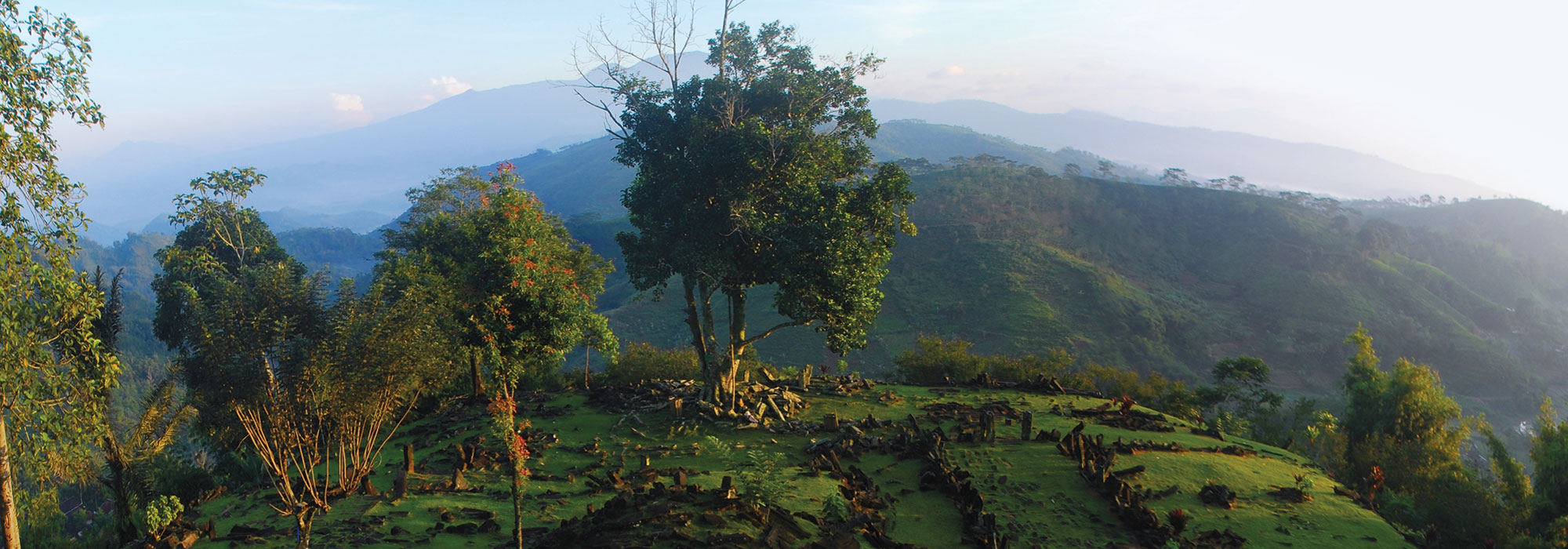MEXICO CITY, MEXICO—According to a Mexico News Daily report, the skeleton of a hunter-gatherer unearthed on the outskirts of Mexico City is estimated to be at least 10,000 years old, based upon its physical features. Physical anthropologist Arturo Talavera González of Mexico’s National Institute of Anthropology and History (INAH) said that the male skeleton, which has been dubbed “Yotzin,” has an elongated skull, wide jaws, and cavity-free teeth. Wear on the man's remains indicates that Yotzin performed intense physical activity, including long walks and the use of his teeth as tools. Radiocarbon dating is expected to provide a more exact age for the bones and confirm Yotzin’s place in the chronology of the peopling of the Valley of Mexico, González explained. INAH scientists are planning to return to the site where Yotzin was found for additional research. To read about prehistoric remains of a woman found in the Yucatán, go to "Naia—the 13,000-Year-Old Native American," one of ARCHAEOLOGY's Top 10 Discoveries of 2014.
Prehistoric Human Remains Unearthed Near Mexico City
News June 26, 2024
Recommended Articles
Features January/February 2026
Taking the Measure of Mesoamerica
Archaeologists decode the sacred mathematics embedded in an ancient city’s architecture

Digs & Discoveries January/February 2026
In Local News

Features November/December 2025
Acts of Faith
Evidence emerges of the day in 1562 when an infamous Spanish cleric tried to destroy Maya religion
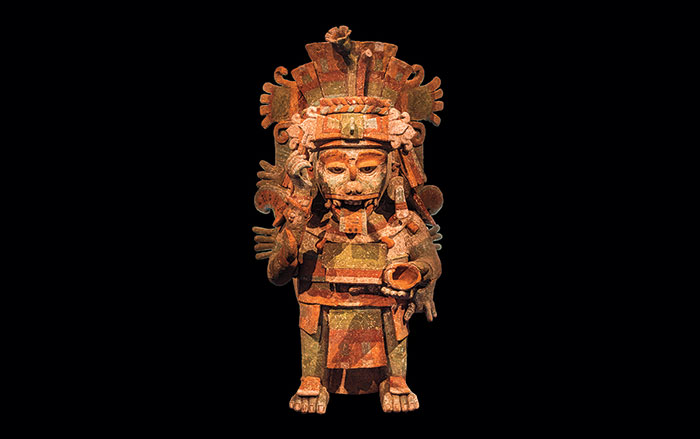
Artifacts July/August 2025
Maya Ceramic Figurine
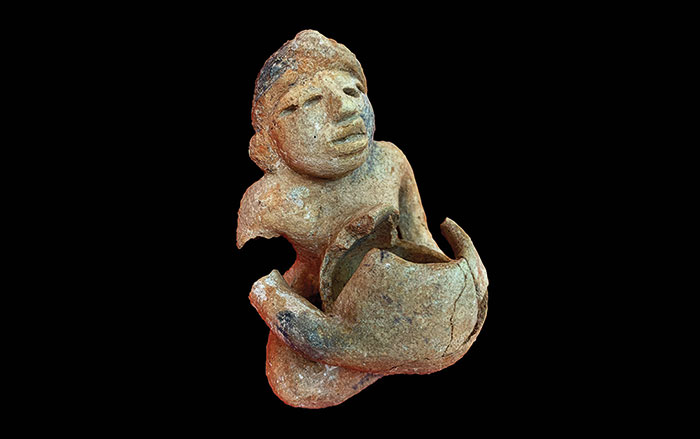
-
Features July/August 2024
The Assyrian Renaissance
Archaeologists return to Nineveh in northern Iraq, one of the ancient world’s grandest imperial capitals
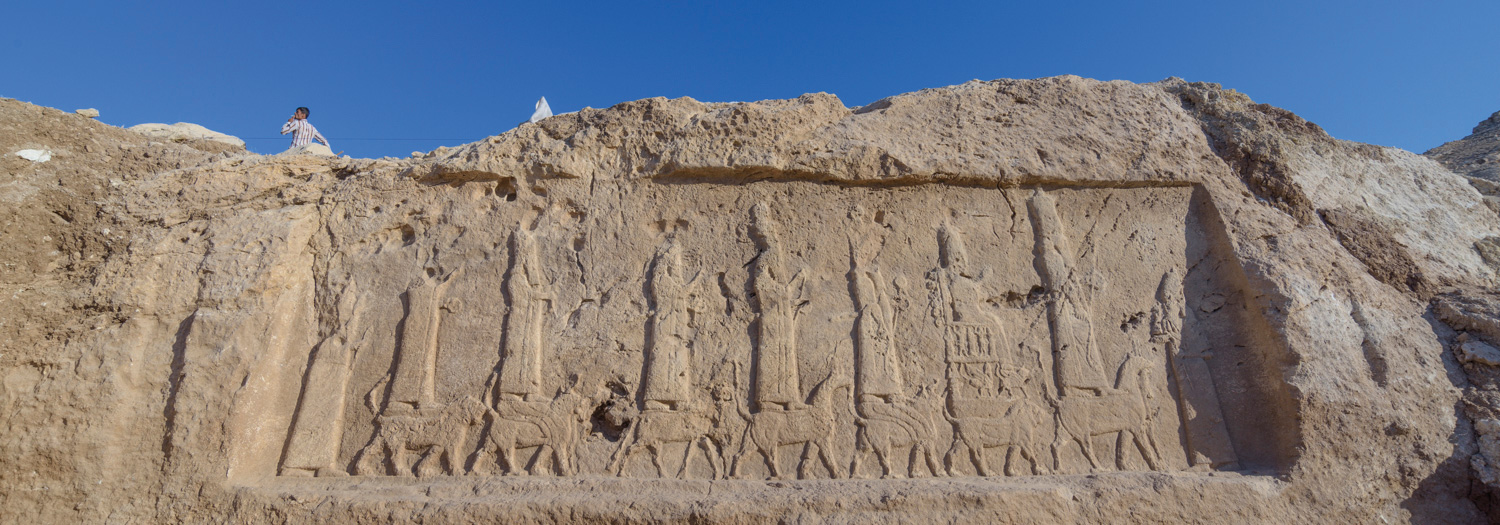 (Land of Nineveh Archaeological Project)
(Land of Nineveh Archaeological Project) -
Features July/August 2024
A Dynasty Born in Fire
How an upstart Maya king forged a new social order amid chaos
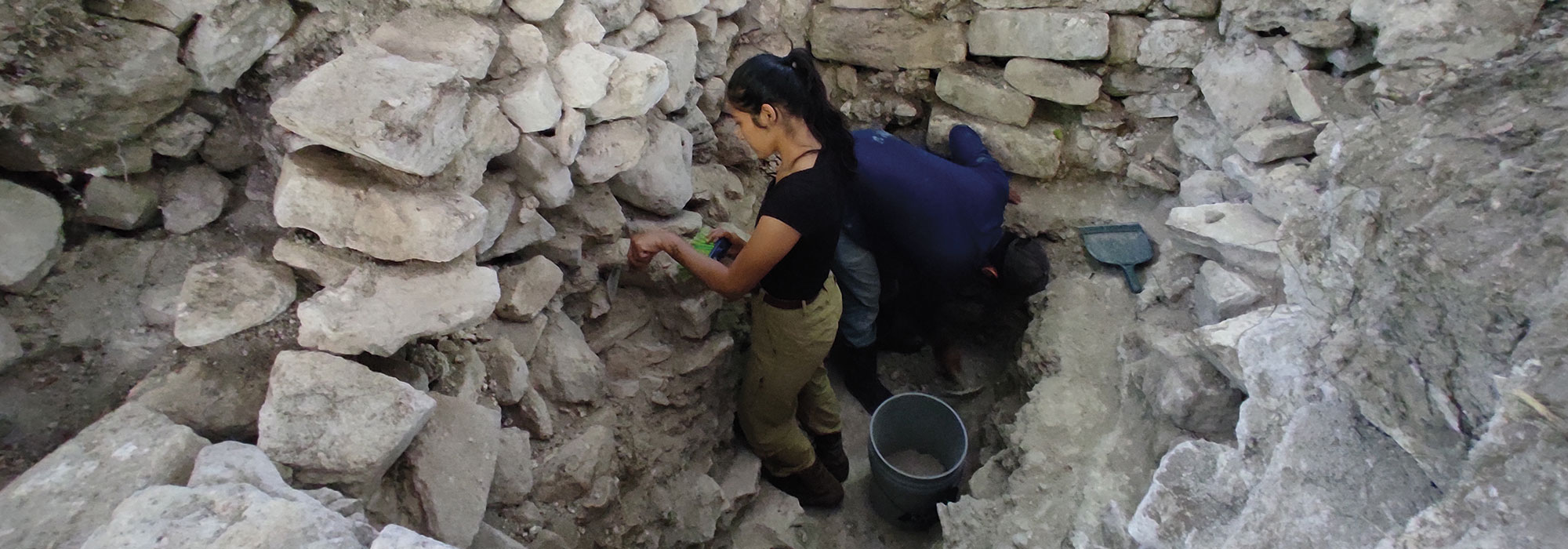 (Courtesy Proyecto Arqueológico Ucanal)
(Courtesy Proyecto Arqueológico Ucanal) -
Features July/August 2024
Making a Roman Emperor
A newly discovered monumental arch in Serbia reveals a family’s rise to power in the late second century a.d.
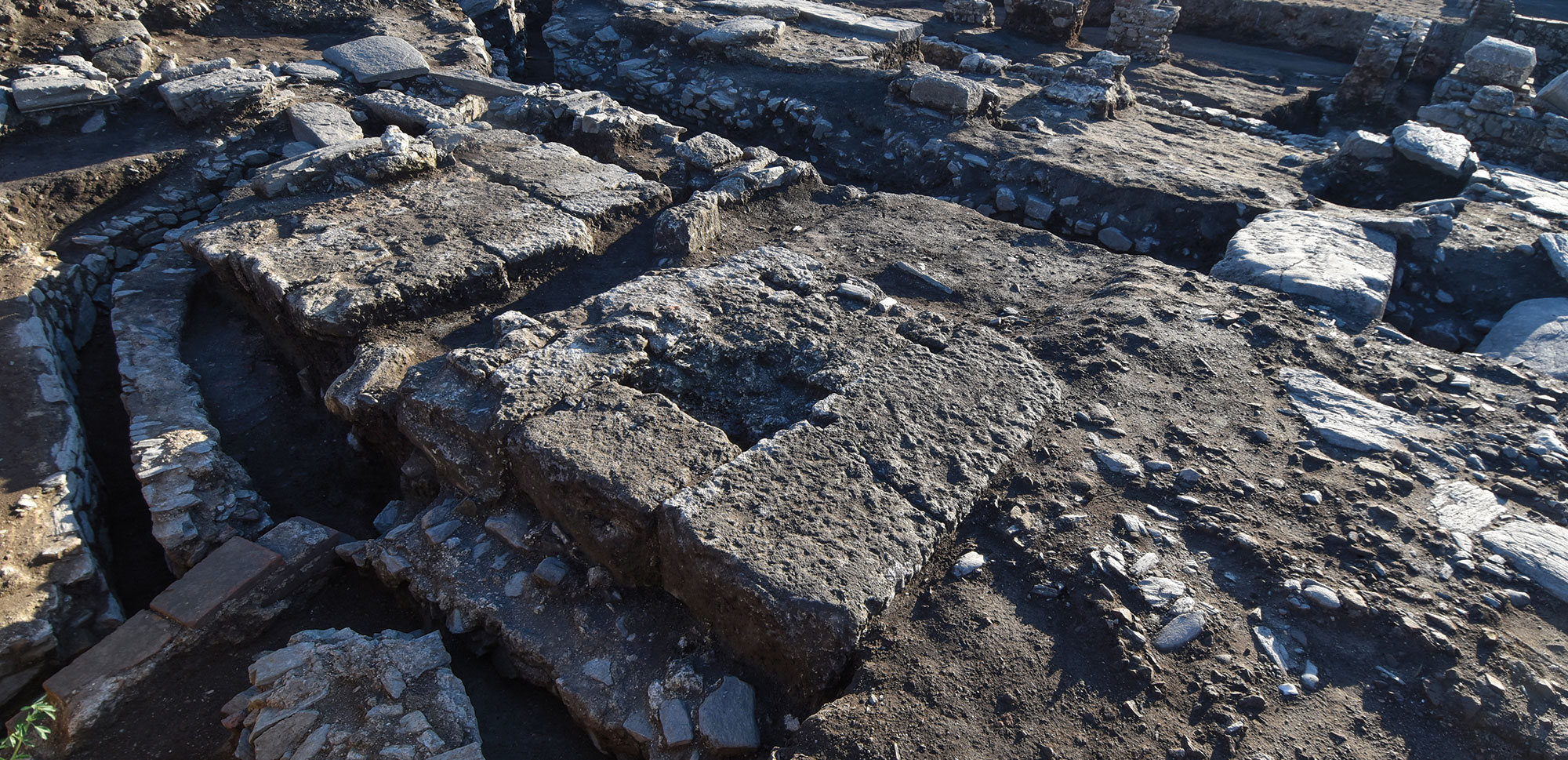 (Serbia’s Institute of Archaeology)
(Serbia’s Institute of Archaeology) -
Features July/August 2024
Rise and Fall of Tiwanaku
New dating techniques are unraveling the mystery of a sacred Andean city
